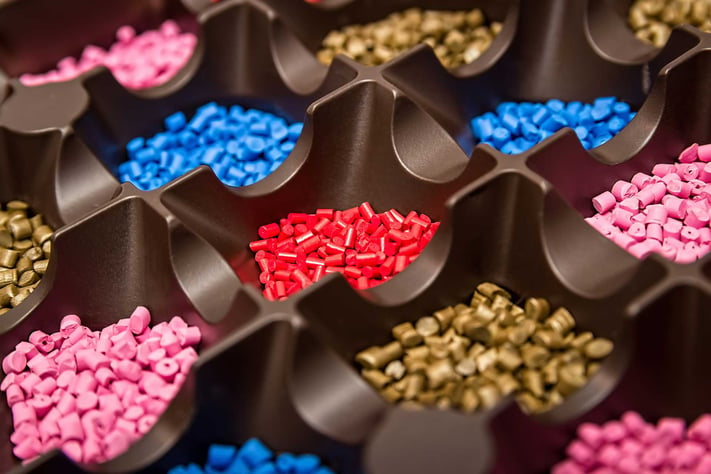
If you are interested in learning more about threaded plastic inserts, injection molding, and related tooling services, you have come to the right place! AIM is here to walk you through a rookie’s guide to the basics, read further for more information or simply get in touch with our experts directly to receive answers to all of your questions.
Why are Threaded Inserts Used?
If you have a device that will either open & close often, then threaded inserts are a sensible choice. They can be installed into a plastic body that is up to the task of repeated cycles and will not show signs of wear. In addition,threaded inserts are a sensible choice. They can be installed into a plastic body that is up to the task of repeated cycles and will not show signs of wear.
Strength Requirements for Threaded Inserts
Beyond the design of threaded inserts, part strength is crucial to consider during injection molding. While threaded inserts provide greater pullout resistance generally, this strength of resistance can be increased further by using larger insert diameters. If maximum resistance is required, it is recommended that the knurling design is optimized as well. An injection molder can help you make the right choice for your requirements.
Insert Molding vs. Ultrasonic vs. Thermal
There are many terms tossed around as options for plastic molding projects, not limited merely to plastic injection molding. So, what are the key differences between injection molding, ultrasonic molding, and thermal molding?
Insert Molding
Insert molding is a type of injection molding that involves placing an insert into the mold cavity while the mold is open. One advantage that sets insert molding apart is the added ability to enhance part durability through product design and manufacturing. The insert is completely captured by surrounding plastic and the insert is always buried to the same depth.
Ultrasonic Welding
Ultrasonic welding is unique because it utilizes vibrations to place inserts into an already molded plastic part. An ultrasonic horn, often custom, vibrates and creates the energy and localized heat to melt the thermoplastic. Then, using force, an ultrasonic welder pushes the threaded insert into the molded hole of an already molded product.
Thermal Welding
Thermal welding, sometimes called heat-staking, uses heat as well. A controlled force and temperature change must be applied to make sure that the surrounding plastic is sufficiently melted before the insert can be installed.

 SINCE 1993 MADE IN USA
SINCE 1993 MADE IN USA 

